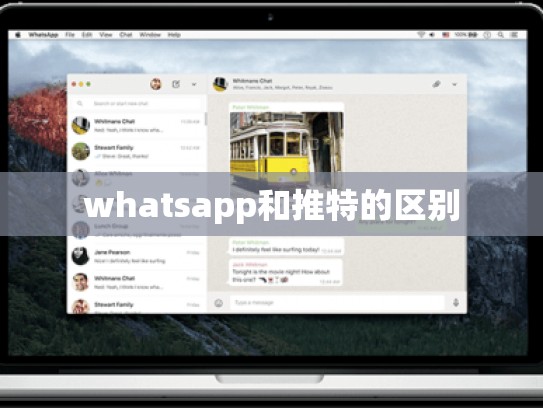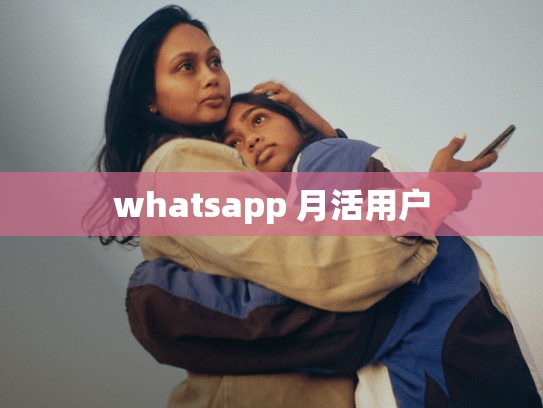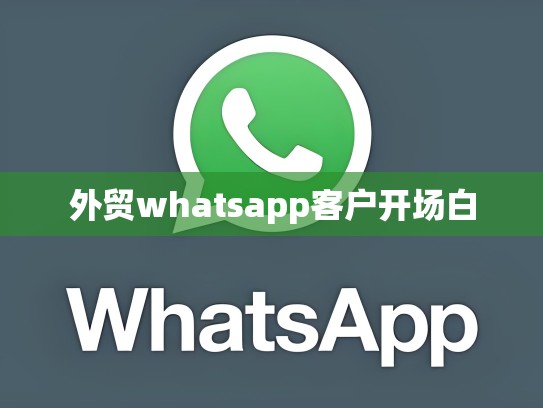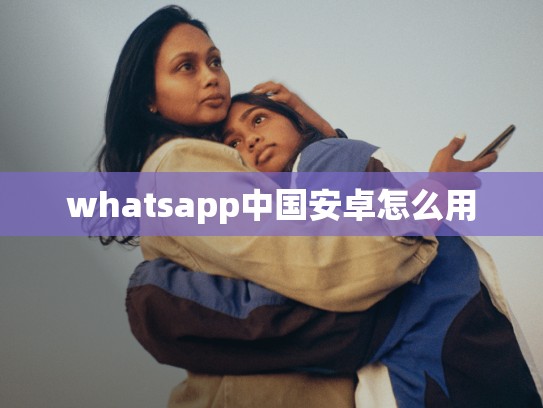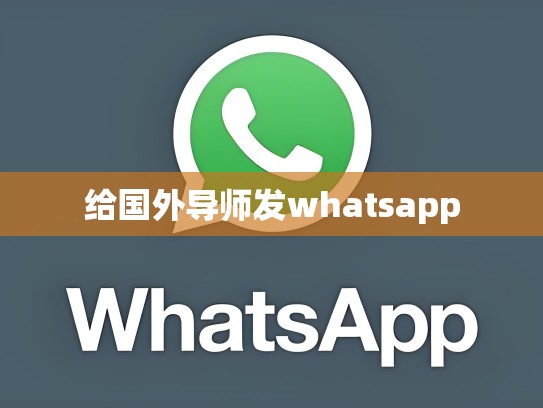WhatsApp vs Twitter: Understanding the Differences
Messaging Platform Focus
- WhatsApp: A messaging platform designed primarily for text-based communication and group chats. It offers a robust suite of features including file sharing, location services, voice messages, and emojis.
- Twitter: Known more for its real-time news updates and microblogging capabilities. Users can post tweets, retweet others' content, and engage in discussions through direct messages.
Content Type
- WhatsApp: Ideal for casual conversations, quick snippets of information, or short stories. The focus is on maintaining social connections rather than complex narratives.
- Twitter: Perfect for sharing detailed information, links to articles, videos, or other multimedia content. It’s also useful for spreading awareness about trending topics and events.
User Interaction
- WhatsApp: Encourages longer interactions with users. Group chats allow for deeper conversations where multiple people can participate in ongoing discussions.
- Twitter: Promotes shorter, more immediate exchanges. Tweets tend to be concise and focused, often used for breaking news, personal updates, or quick responses to urgent matters.
Privacy Settings
- WhatsApp: Offers extensive privacy controls, allowing users to set different levels of access for contacts within their groups. This helps protect sensitive information from prying eyes.
- Twitter: Has more advanced privacy options but still relies heavily on public visibility for most functionalities. However, it allows users to customize who can follow them and view their timeline.
Integration and Features
- WhatsApp: Incorporates additional tools such as stickers, games, and custom emojis, enhancing user engagement beyond basic messaging.
- Twitter: Includes features like hashtags, which help categorize posts and make them searchable; however, it lacks some of the entertainment-oriented tools found in WhatsApp.
Platform Usage
- WhatsApp: Commonly used globally among various demographics, particularly young adults and professionals looking for secure, private communication.
- Twitter: Widely adopted by global audiences, especially tech-savvy individuals interested in staying informed and engaged with current events and trends.
Conclusion
Both WhatsApp and Twitter serve distinct purposes within the digital landscape, each catering to unique user needs and preferences. While WhatsApp excels at fostering long-term relationships and engaging in casual conversation, Twitter shines in disseminating real-time information and connecting across vast networks. Understanding these differences can help users choose the best tool for their specific communication requirements.


